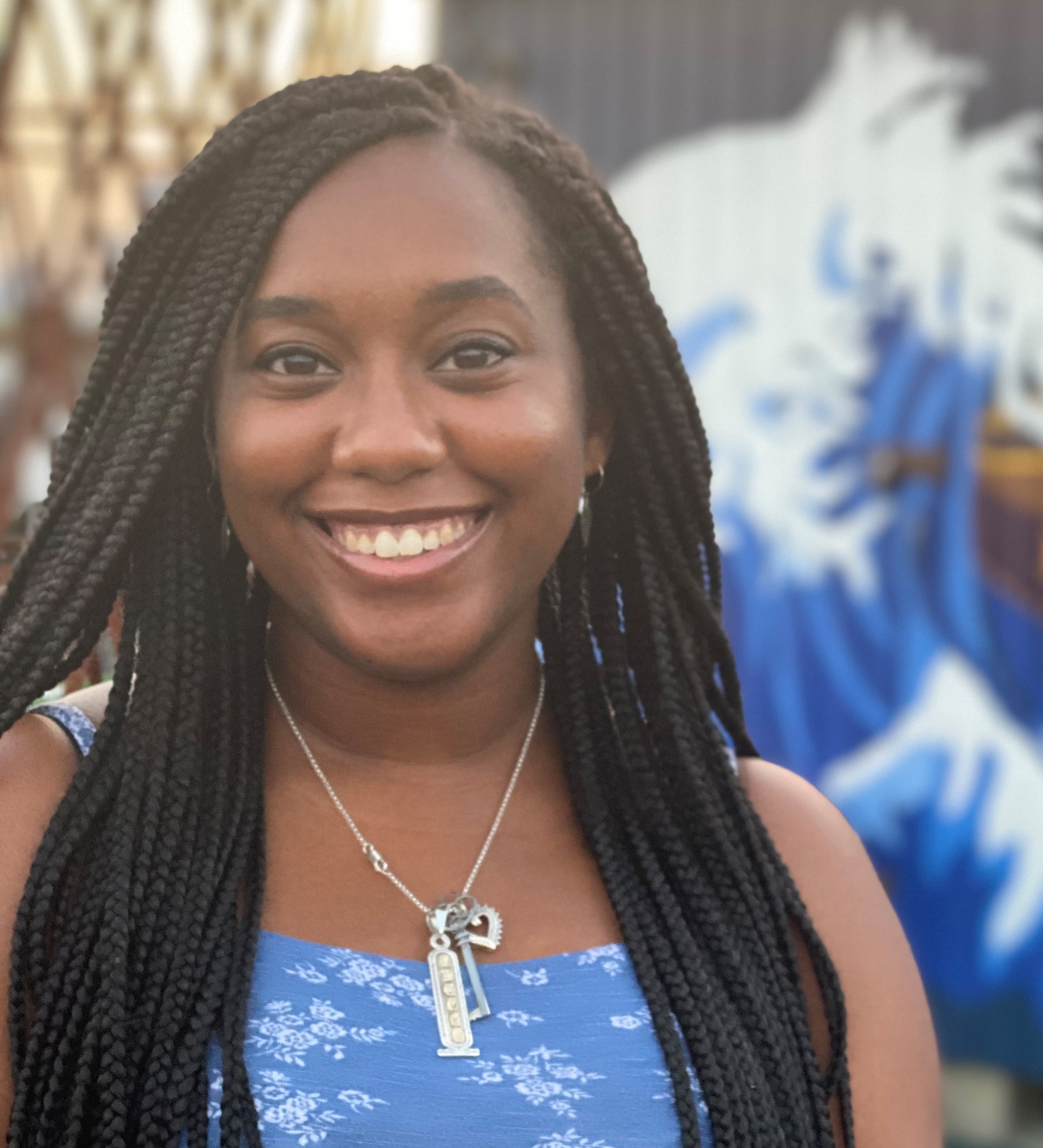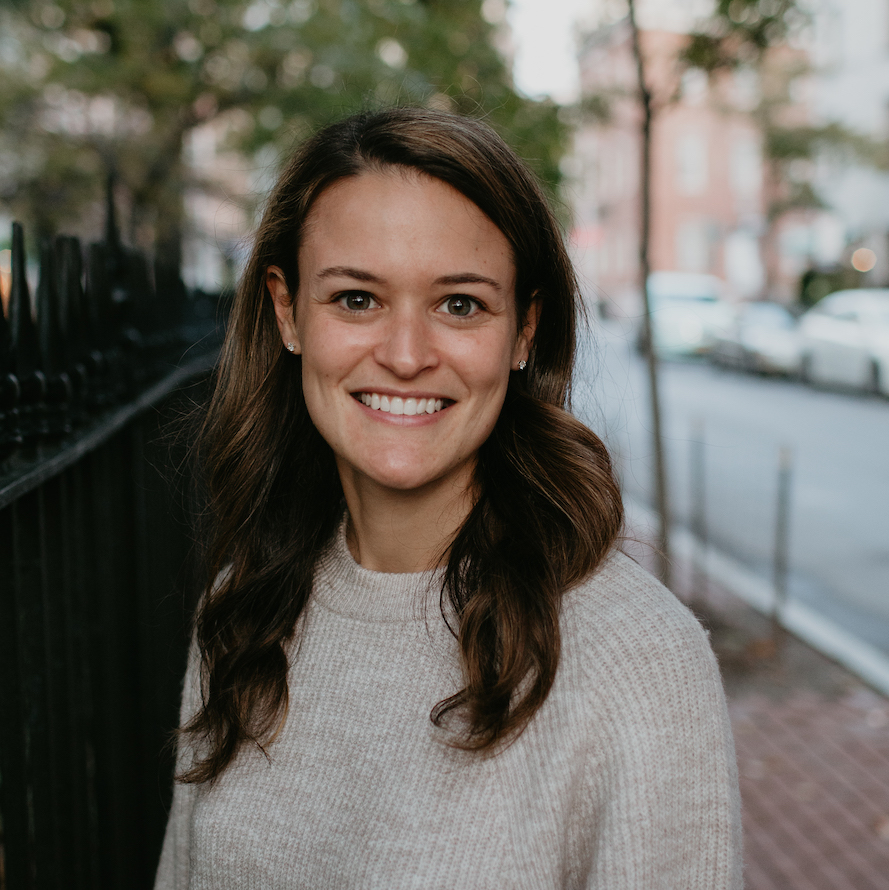Symposia
Suicide and Self-Injury
4 - (SYM 104) Understanding Social Media Use and Mental Health in Teens: Using Latent Class Analysis to Identify Patterns of Teen Social Media Use
- SS
Samuel Seidman, M.A. (he/him/his)
Psychology Resident
Rutgers University
Jersey City, New Jersey, United States - SS
Samuel Seidman, M.A. (he/him/his)
Psychology Resident
Rutgers University
Jersey City, New Jersey, United States 
Simone Imani Boyd, M.A., M.S.
Ph.D. Student
Rutgers, the State University of New Jersey
Somerset, New Jersey, United States- TB
Taylor A. Burke, Ph.D. (she/her/hers)
Assistant Professor
Harvard Medical School / Massachusetts General Hospital
Providence, Rhode Island, United States - SC
Sophia Choukas-Bradley, Ph.D.
Assistant Professor
University of Pittsburgh
Pittsburgh, Pennsylvania, United States 
Jacqueline Nesi, Ph.D.
Assistant Professor
Alpert Medical School of Brown University
Providence, Rhode Island, United States- JH
Jessica L. Hamilton, Ph.D. (she/her/hers)
Assistant Professor
Rutgers University
New Brunswick, New Jersey, United States
Speaker(s)
Co-author(s)
Adolescents have both positive and negative social media (SM) experiences, which may buffer or exacerbate risk for psychopathology, including suicide risk. Identifying latent classes of SM experiences can provide a more comprehensive picture of adolescents’ SM use. The current study investigated latent classes of SM experiences among a community sample of adolescents. The study uses the 50-item Social Media Behaviors and Experiences survey, a novel questionnaire which asks about frequency of teens’ specific SM experiences developed in collaboration with adolescents in focus groups (N=35) and a youth advisory board (N=16). The survey included 6 subscales of negative engagement (e.g., pressured to send photos), exposure (e.g., viewing upsetting content), and interactions (e.g., bullied) and positive engagement (e.g., forming online community), exposure (e.g., viewing positive or uplifting content), and interactions (e.g., forming a close friendship online). Results indicated that a 3-class model provided good fit to the data (Entropy R2>.85) and better fit than a 2-class model (Bootstrapped Likelihood Ratio Test p< .001, Lo-Mendell-Rubin Adjusted LRT p< .05). Class 1 (n=123) was characterized by lower overall engagement, exposure and interactions compared to Classes 2 and 3. Class 1 also exhibited lower relative negative engagement and interactions. Therefore, Class 1 may be thought of as a “moderate positive and low negative” class. Class 2 (n=141) and 3 showed similar levels of positive engagement and exposures, but Class 3 (n=148) showed the highest levels of negative SM experiences across subscales. Therefore, Class 2 may be thought of as a “high positive and moderate negative” class, whereas Class 3 is “high positive and negative” class. Results suggest that exposures, interactions, and engagement are key differentiators for teens’ SM engagement. Some teens may be less likely to have either positive or negative experiences on SM (lower levels of both), whereas some teens may have higher levels of both negative and positive SM experiences (Class 3). Thus, some teens may engage both actively and passively with SM in a way that is more negative, and may be more likely to suffer from subsequent negative mental health symptoms. However, other teens (Class 2) may have more positive than negative SM experiences, and may benefit more from social media to promote mental health. Demographic and clinical correlates related to the class identification will be presented, and further discussed to inform suicide prevention and intervention efforts.

.png)
